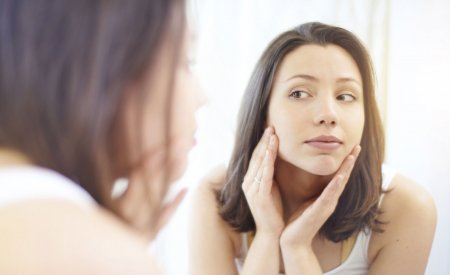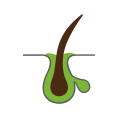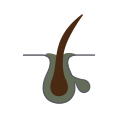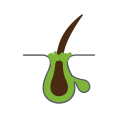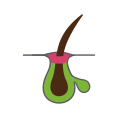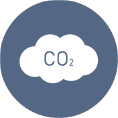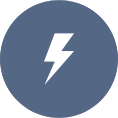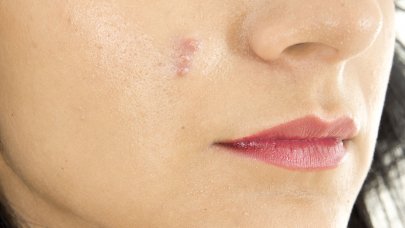Adults, adolescents, infants: who is affected by acne?
Teenagers, of course! But they’re not alone. Acne seems to be becoming more and more widespread, affecting an increasing number of adults all around the world, especially in Asia. Some even say it is a global epidemic.
Adolescent acne
This is extremely widespread and caused primarily by hormonal activation during puberty, with androgen secretion in both girls and boys.
“Signs of acne generally begin to appear between the ages of 12 and 15, in 69% of cases*”.
However, over the past few years, doctors have noted that acne problems are tending to start at younger ages than in the past, due to an increase in the number of cases of early puberty.
In adolescence, excess sebum production is followed by first acne lesions, typically taking the form of comedonal acne with blackheads and microcysts in particular. Over time, these may progress to inflammatory lesions as a result of bacterial proliferation. Pimples and blemishes are located on the face, cleavage and back and sometimes the shoulders and chest.
Often uncontrolled throughout this period, hormonal production usually regulates itself within a few years, which is why problems involving acne blemishes in adolescents tend to spontaneously disappear at the end of puberty.
*Arcane Research study France– February 2017
Adult acne
“1 in 4 people between the ages of 20 and 40 years claims to have acne*”.
This is sometimes caused by a persistent hormonal imbalance, but such cases are relatively few in number and are accompanied by other distinctive symptoms such as excessive hair growth, hair loss, or significant weight gain in women.
There are some other specific cases including pregnant women, who experience hormonal disruptions capable of causing acne to recur, during or even after pregnancy. This massive shift in hormones is also responsible for infant acne, which can sometimes be seen after birth and then naturally disappears without requiring any treatment.
Acne can also be triggered in some adults who never experienced problems during adolescence. There are other cases of adults who never got rid of their adolescent acne.
In fact, there is such a wide variety of situations that experts wonder whether there really are any specific causes of adult acne. This adult acne does indeed have a strong inflammatory component, even though blackheads are also present and deep cysts are more common.
It is now known that the lesions of this type of acne are actually quite similar to those of acne in adolescents: they include blackheads, microcysts, papules, and pustules. Note, however, that they are more likely to be found on the lower face, along the jaws and on the chin in adult women and on the upper back in adult men.
The causes of this adult acne are still poorly understood, but there seems to be a set of unfavourable factors acting in synergy.
*Arcane Research study France – February 2017
How to identify the various types of acne
Acne blemishes are classified into several types, but deciphering them can be difficult as they often coexist at the same time. Comedonal acne, inflammatory acne, cystic acne, etc. Learn how to identify each type of pimple and call it by its name...

